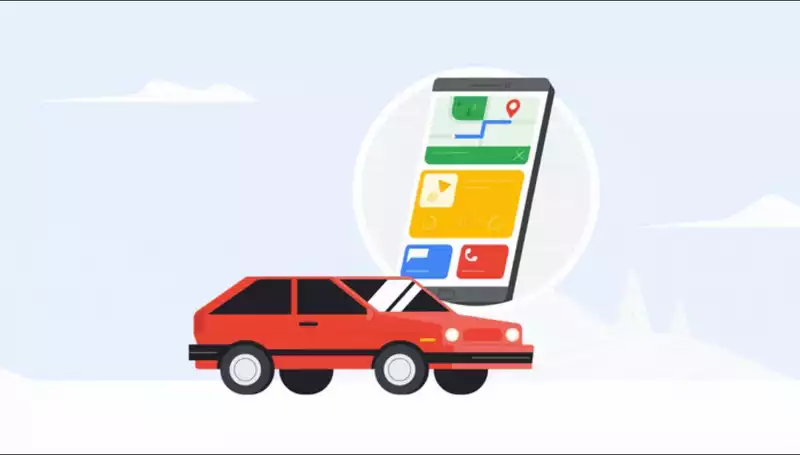Cell phones are incredibly useful driving tools, but they can easily become a distraction if you're not careful. Fortunately, Google has spent years making sure that doesn't happen with Android Auto and Google Assistant's driving modes.
Both features provide a phone experience that guarantees access to all important features without distracting the driver. And Google is rolling out updates to make this experience even better.
The Google Assistant's driving mode is fairly new, so one could be forgiven for not having heard of it before. In fact, it is so new that it is a core feature of the upcoming Android 12 update, replacing the aging standalone Android Auto app.
The mode is intended for those who do not support Android Auto in their cars, allowing them to use their smartphones without distracting their attention from the road ahead. It has a dedicated dashboard that can be called up with the command "Hey Google, it's time to drive" or by linking it to the car's existing Bluetooth connection.
The dashboard uses a card-based system, with access to Google maps, cards with personalized audio suggestions, and phone and messaging apps. The point is to make sure that everything you need while driving is on the screen and accessible without scrolling.
Like Android Auto, this would also include the ability to automatically read messages received while driving. All of this is handled through Google Assistant, which is always on standby to take care of things that tapping the phone's screen won't.
Google Assistant's driving mode will be fully rolled out in the coming weeks and will be available in English, German, Spanish, French, and Italian.
Android Auto is naturally a bit more established, with Google claiming that over 100 million cars support the service. The latest update is a bit less impressive than the new features of Google Assistant, but will be valuable to many drivers.
The main change is that drivers can now customize which apps load when Android Auto starts up. Currently, it goes straight to the default navigation app, but if you want to go straight to another app, that option will be added.
Android Auto will also provide personalized audio suggestions via Google Assistant and will support dual SIM devices and work profiles. Parked drivers will also be able to enjoy mini-games through GameSnacks directly from the car's display.
The last update is a feature borrowed from Google-owned Waze, which allows drivers to pay for gas without standing in line or using a pump machine. Simply say, "Hey Google, pay for gas," and a Google Assistant will pay for your gasoline directly from your phone.
You still have to fill up the gas tank yourself, but it is one less hassle to handle the payment, which saves time and helps you avoid contact with other people. The feature will be available at 32,500 gas stations across the United States, starting with ExxonMobil, Conoco, Phillips 66, and 76. Unfortunately, there are currently no plans for international rollout of voice-based payments.
Although not yet very popular, electric cars with built-in Google will also be upgraded. Drivers will be able to ask their car to "find a charging station," and Google Assistants and Maps will search for the nearest charging point that corresponds to their car, payment details, and charging speed preferences.
Google will also be able to tell you if the charger is in use before you arrive, allowing you to heat or cool your battery in advance. That way, the battery is ready to go as soon as it arrives, reducing overall charging time.










Comments